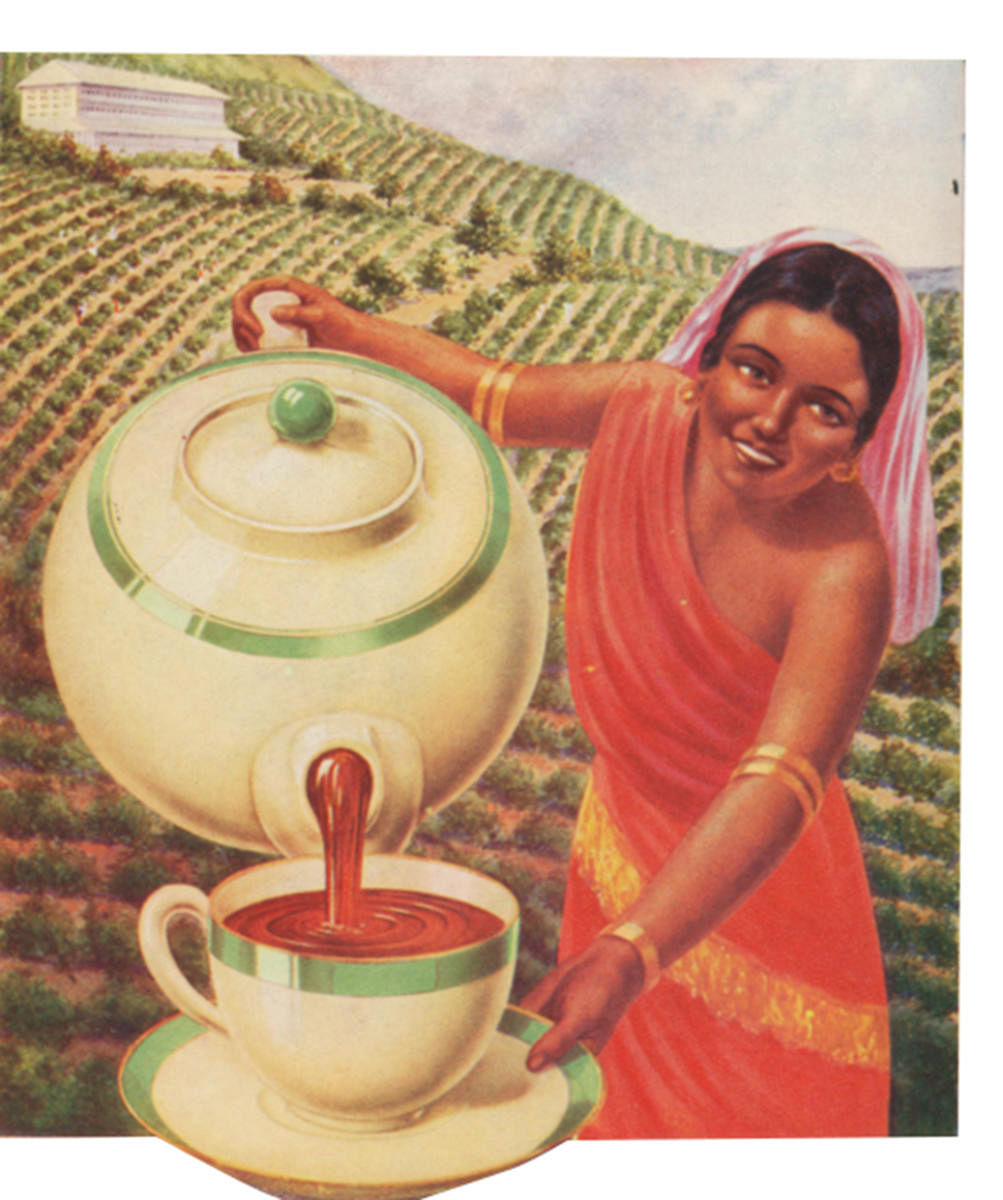
In 2021, India consumed 1.1 billion kgs of tea. While this number, as well as the general fervour around tea consumption, might indicate otherwise, tea drinking only picked up in India in the mid-1950s. This rise in popularity was the result of multiple factors, including the need to strip the beverage of its imperial roots, as well as the shifting narratives around the advertising of the beverage.
Tea cultivation and export in the country began in the early 19th century. At this point, most of the tea consumed in Britain was imported from China. Attempts to establish India as a centre of tea cultivation had largely failed until the early 1800s when the discovery of a plant similar to tea in Assam sparked a revival of interest in growing tea in India. By 1888, India had begun cultivating this variety and had surpassed China as the largest exporter of tea to the UK.
According to the Indian Tea Association’s 1905 report, Indians showed scant interest. In an attempt to recommend the beverage to the Indian population, the Indian Tea Market Expansion Board (ITMEB) (formerly the Tea Cess Committee) began an advertising campaign that portrayed tea as a unifying factor, as opposed to a dividing one. The solution to this was straightforward: the narrative around tea had to change.
ITMEB ads from this period reflect the nationalistic fervour in the years leading up to and during the independence movement, which positioned tea as “100% Swadeshi” and which looked beyond differences in culture, caste and class. The logos of brands such as Wagh Bakri, which show a tiger and a goat drinking tea from the same vat, are reflective of the message: tea brings people together, in more ways than one. And it worked — Indian consumption of tea doubled during the period. Until 1947, when most tea plantations were under British control, the advertising around tea portrayed the English as the primary consumers of tea. These ads often depicted Indian labourers — removed from the problematic context of indentured labour — serving tea to English sahebs (masters) and memsahibs (mistresses). Therefore, the most notable shift in post-independence advertising was in the erasure of Englishmen and women from the images on the packages, either completely removing the individual from the packaging — as in the Brooke Bond advertisements, which render the tea package in bright colours — or replacing the white man and woman with Indians, who were characteristically “modern” in their bearing. The domestic consumption of tea increased exponentially in the 1960s as a result of technological advancements in tea production, which led to the availability of cheaper, and more accessible CTC (“crush, tear, and curl”) tea.
The advertising around tea then saw yet another shift, with the nationalistic fervour gradually pared down; instead, tea came to be advertised as a source of daily pleasure, depicting filial unity and harmony, making the beverage synonymous with a lifestyle of contentment and stability. Where once the advertisements showed the English being served a cup of tea, it was now Indians who were enjoying the same luxury. Tea had become a product that was cultivated in India, by Indians and for Indians.
Discover Indian Art is a fortnightly column that delves into fascinating stories on art from across the sub-continent, curated by the editors of the MAP Academy. Find them on Instagram as @map_academy